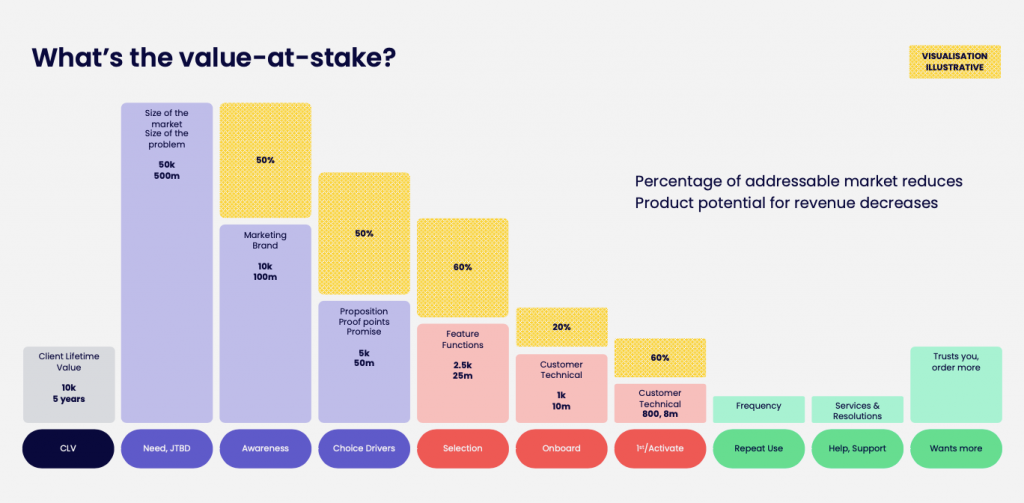Immersion Group’s new head of experience design, Ismail Dawjee, believes that the company’s recent rebranding efforts will help it become a leading player in the experience industry by setting a new standard for how all experience disciplines work together. According to Dawjee, this unified approach will maximize profitability and growth potential for the company. Immersion Group’s recent CEM Africa Summit in Cape Town was a key launching point for its new brand identity. The response from attendees was positive and showed great promise for the company’s future.

He believes that experience design should be used as a way to gain a competitive advantage, and that by integrating different disciplines into the experience design process, organisations will see a significant impact.
Forward-thinking organisations are beginning to see that experience design isn’t just another business capability, but rather a fundamental ingredient to commercial success. Conversations are rightly shifting from how many UX (user experience) professionals a business might need or what an ideal journey map looks like to how organisations can plan and shape their business efforts to deliver meaningful customer value. This goes beyond mere artefacts to value-driven outcomes. That value is derived from customer lifetime value, customer retention rates, revenue, decreasing or optimising costs, and leveraging an organisation’s existing assets to create extremely high levels of repeatability across the business. Simply put, it’s more transformative than transactional.
Encouragingly, the response to this paradigm shift has been positive. We all intuitively understand the difference between ‘wow’ moments and ‘aha’ moments. Wow moments are superficial, they are surface level, and short-lived. In the CX (customer experience) space, shiny new objects quickly lost their appeal because people weren’t getting what they needed from them. In contrast, aha moments are deep internal moments that change the way we see things. Experience design that truly empathises with the business it creates solutions for is much more adaptive and flexible in terms of understanding things like constraint and therefore creates tangible ways of producing results and value.
Because CX hasn’t always been instituted in the right way or given the correct mandate it became a means of trying to improve bad processes. Often to their own detriment, CX teams were attempting to address capability questions, value proposition and digital strategy questions in silos, and there wasn’t yet a clear link among those things. Transforming a horrible process into a slightly better one isn’t going to yield results for anyone; ultimately, it’s the same thing just in different packaging. When the right links are made, experience design can affect lasting change at the right places within an organisation.
When carried out with strategic intent, the power of experience design speaks for itself. Research repeatedly shows that experience-led organisations outperform the market. And it’s not even a close call, over 10-year period businesses that take CX seriously outperformed the market by a substantial 250%. It’s clear that what organisations should be getting out of CX is not a journey map – but a competitive advantage.

